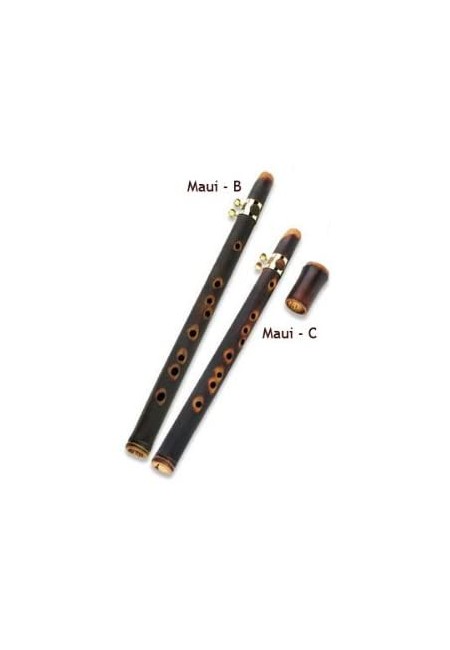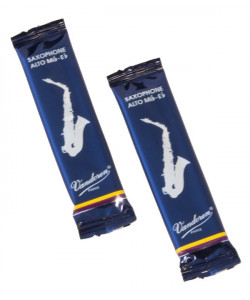XAPHOON - Maui wood sax (C)

Secure payment

Shipping in 24-48h

Return guarantee
The Xaphoon Pocket Sax is an affordable, injection-molded version of the handmade Xaphoon Bamboo Sax. It was created to help satisfy the growing worldwide demand for this tiny yet rich-sounding little instrument. The story below documents the instrument's birth, where I discovered first-hand just how difficult it is to make even the simplest of precision parts. (By the way, both the original Bamboo Sax and the Pocket Sax are available for purchase at the Xaphoon Web Store.) - Gary Friedman
I personally was ignorant about the sheer amount of work involved in getting even a single-piece injection-molded instrument off the ground until I traveled to Indiana to learn how the new Pocket Sax (the nickname being given to the plastic Xaphoon) was made. And what I found was the beginnings of a revolution in instrument making techniques.
The need for a mass-producible Xaphoon was borne of the original bamboo version's incredible success. Currently being enjoyed by independent thinking musicians all over the world, Brian Wittman (the Xaphoon's inventor and to date the only person hand-crafting them) was having a hard time keeping up with the huge demand for his instruments. Several years ago he began his search for a company that could produce a precision injection-molded part that would sound identical in every way to the very best hand-made Xaphoons. His search brought him to Indiana Plastics, who already had developed a reputation for high-quality sax and clarinet mouthpieces that are sold under several different brand names.
So how does one go about making a plastic part? The first stages, that of making a prototype, are pretty much what you'd expect: A bamboo specimen is carefully measured, input to a computer, and a prototype is generated via a computer-controlled milling machine. 9 such prototypes were made before the sound quality and the tuning were deemed "perfect".
Now the hard part: actually making the mold. A technology called EDM (Electronic Discharge Machine) take 3 carbon mold masters and uses them to electronically etch out the steel mold that is used in injection.
The design of the mold is a science in itself. The mold must be able to withstand large temperature swings , from more than 500 to less than 100 degrees Fahrenheit, more than 50 times an hour without cracking or changing its dimensions more than 1/10,000th of an inch. Water channels are built into the mold to carry the heat away during the cool-off period; if these channels are not exactly parallel and equidistant to the edge of the instrument's cavity, the Xaphoon will not cool evenly after injection, and uneven shrinkage (resulting in poor tuning) will result. Even the rate of flow of the plastic into the mold can have a dramatic effect on the final texture. For a really good feel for just how detailed this process is, click here for some excerpts from Jeff Kruis' e-mails to Brian, discussing some of the detail.
Finally, after several production samples were sent back and forth between Indiana and Hawaii (with accompanying correspondence not unlike the above), the molds were ready, and we all converged on Indiana in December, 2000 to help put the finishing touches to the first production units.
Indiana Plastics is a 40-year-old family-run business that specializes in precision parts, including musical instrument mouthpieces and automotive gear. Pictured here are some of the machines that were used in the manufacture of this humble instrument.
The Xaphoon body and cap are created together as one piece that must be separated manually. Only very minor handwork needs to be done to the rest of the instrument: the "Gate" (excess plastic near the end of the instrument) must be sawed off, the end smoothed, a brass ring must be carefully tapped onto the end so it doesn't slip off, and finally the ligature and reed are put on and tested by hand.
So what about that hype about "a revolution in instrument making techniques" alluded to earlier? Indiana Plastics has been able to solve a long-standing problem associated with clarinet and saxophone mouthpieces, which have to be finished (or "surfaced" or "faced") by hand, a costly and time-consuming proposition. The Xaphoon is the first production instrument on the planet that doesn't require this resurfacing. How this was accomplished remains a trade secret, but now that the world has seen it can be done, tweak-free sax and clarinet mouthpieces may start appearing on the market within the next few years.



